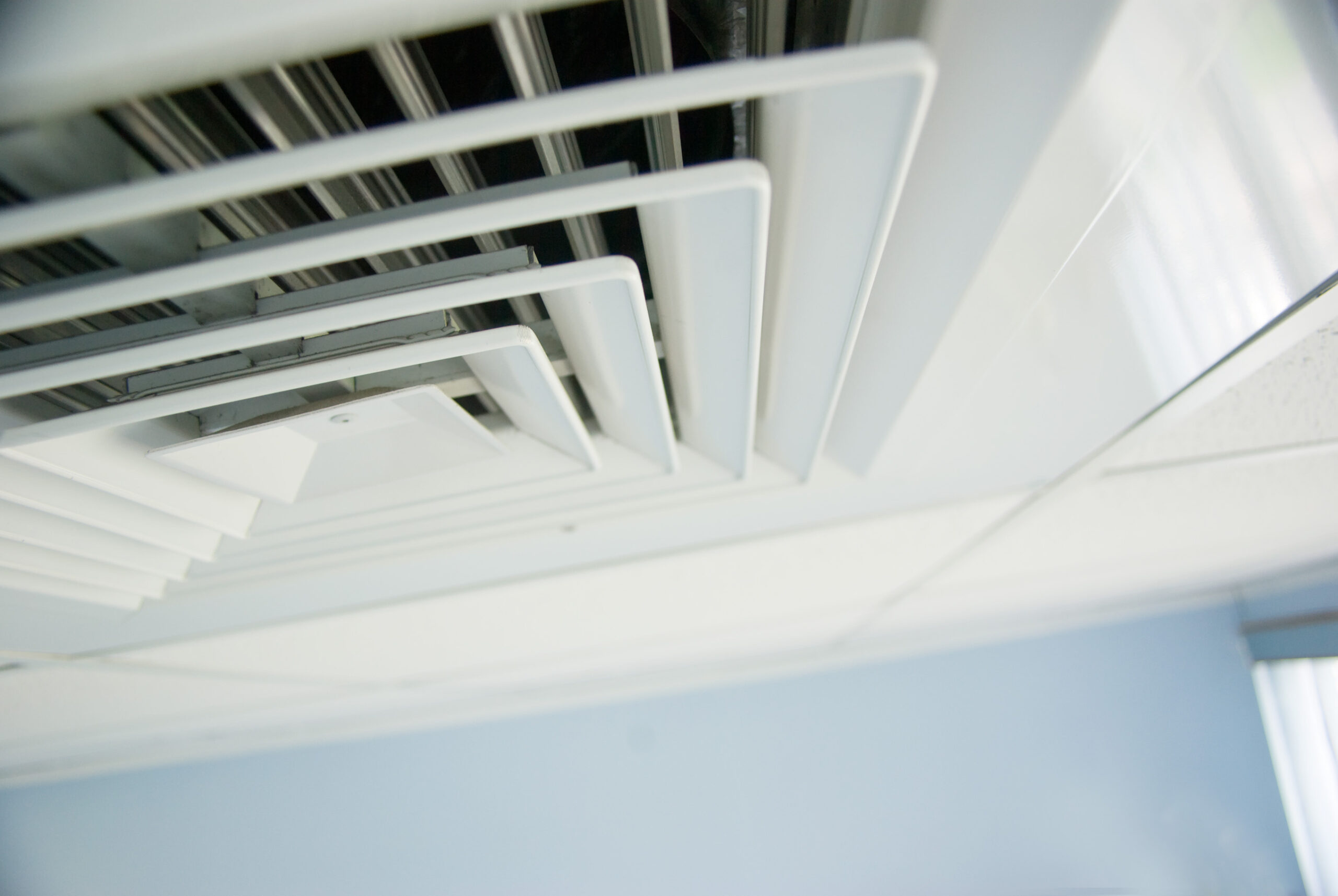OSHA Guidance: Optimize Ventilation to Reduce COVID-19
There are a number of ways to minimize the spread of COVID-19. Wear a mask. Practice physical distancing. Washing your hands often. Regularly clean and disinfect frequently-touched surfaces. As of November 2020, many of these basic precautions have become second nature at workplaces throughout the United States. But there’s another best practice you might not know about, because it wasn’t established until relatively recently:
Improve your ventilation.
The Occupational Health and Safety Administration has released new COVID-19 guidance on ventilation in the workplace. According to the Administration:
“Ensuring adequate ventilation throughout the work environment can help to maintain a safe and healthy workplace. Employers should work with a heating, ventilation, and air conditioning (HVAC) professional to consider steps to optimize building ventilation. An HVAC professional can ensure that the ventilation system is operating as intended.”
One easy way to improve ventilation is to open a window. Of course, this isn’t always possible—especially right now, as autumn turns to winter and temperatures fall across the US.
Fortunately, there are other options.
OSHA offers the following tips for optimizing ventilation to reduce COVID-19 transmission risk:
- Encourage workers to stay home if they are sick.
- Ensure all HVAC systems are fully functional, especially those shut down or operating at reduced capacity during the pandemic.
- Remove or redirect personal fans to prevent blowing air from one worker to another.
- Use HVAC system filters with a Minimum Efficiency Reporting Value (MERV) rating of 13 or higher, where feasible.
- Increase the HVAC system’s outdoor air intake. Open windows or other sources of fresh air where possible.
- Be sure exhaust air is not pulled back into the building from HVAC air intakes or open windows.
- Consider using portable high-efficiency particulate air (HEPA) fan/filtration systems to increase clean air, especially in higher-risk areas.
- When changing filters, wear appropriate personal protective equipment. ASHRAE recommends N95 respirators, eye protection (safety glasses, goggles, or face shields), and disposable gloves.
- Make sure exhaust fans in restrooms are fully functional, operating at maximum capacity, and are set to remain on.
- Encourage workers to report any safety and health concerns.
You can read the full guidance here (PDF).
OSHA’s new guidelines follow the publication of studies such as this one in the American Society for Microbiology’s journal mSystems, which found that fresh air and sunlight can reduce the spread of COVID-19. Researchers at the University of California, Davis and the University of Oregon discovered that “[i]ncreasing the amount of air flowing in from outside and the rate of air exchange can dilute virus particles indoors.”
In other words, the coronavirus doesn’t hang around as long in well-ventilated areas. Moisture helps, too—in moderation:
“Virus particles like drier air, so maintaining a high relative humidity can help. Virus-bearing droplets get bigger in humid air, meaning they settle out more quickly and don’t travel as far. Humidity also seems to interfere with the lipid envelope around viruses such as SARS-CoV-2. Too much humidity, however, can promote mold growth.”
Read “Study shows better airflow, more natural light can reduce spread of COVID-19 at work” in Safety+Health magazine.
Keep in mind that better airflow is not a complete virus mitigation strategy unto itself. Again, you’ll still need to make sure employees are washing their hands frequently, keeping their distance from others, cleaning and disinfecting shared surfaces regularly, and following other guidelines from local health authorities.
For more information and resources about COVID-19, visit KPA’s Coronavirus Resource Center.

